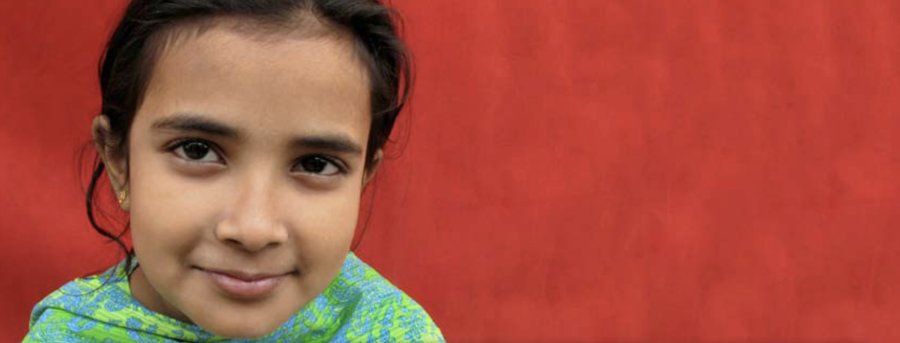My passion for environmental health and justice took hold twenty years ago in college at the University of California, Berkeley, where I learned of the disproportionate health problems faced by communities that have been historically marginalized — many of which included low-income residents, immigrants, black, indigenous, or people of color.
The more I learned, the more hooked I became. My favorite book in college was Our Stolen Future, the groundbreaking work on endocrine disrupting chemicals. I was fortunate to work for GAIA (Global Alliance for Incinerator Alternatives), which was run by Annie Leonard, who created the Story of Stuff and is now at Greenpeace, and as a junior scientist in an ecotoxicology lab at UCB, helping develop a microarray to detect metals in water.
These experiences led me to change my major from pre-med to molecular environmental biology, and to do my senior thesis on the bioremediation of dioxin, highlighting incinerators as a key source of dioxin. They also led me to CHE.
As the program associate and fertility/reproductive health coordinator for CHE between 2005 to 2010, I learned about scientific rigor and effective communication from leading researchers and environmental health communicators such as Pete Myers, Ted Schettler, Michael Lerner, Sharyle Patton, Steve Heilig, and Charlotte Brody. As the CHE-Fertility coordinator, I also had the opportunity to work with leading scientists, including Tracey Woodruff and Lou Guillette, to organize a consensus workshop of interdisciplinary researchers on women’s reproductive health and the environment, which resulted in a published white paper and Girl, Disrupted, a lay translation report that I co-authored.
This led me to pursue an MPH and PhD in environmental health science with Rachel Morello-Frosch at UC Berkeley and then a post-doc at UCSF’s Program on Reproductive Health and the Environment (PRHE), both academic experiences that shaped my current research agenda.
A Growing, Shifting Field
Since my time at CHE, environmental health science has grown tremendously. It has been especially exciting to watch the science shift from studying individual chemicals to evaluating chemical groups, such as phthalates and PFAS, with current efforts to assess and regulate them as chemical classes and evaluate their cumulative impacts (across the life course and in combination with other exogenous and endogenous compounds). For PFAS alone, we’ve seen the number of studies conducted since 2010 grow almost exponentially.
We’ve also established phthalates as reproductive toxicants in laboratory studies and have even shown through predictive mixture toxicology experiments how they can have greater (additive) effects on reproductive health in combination than they can individually. These effects have now been well documented in humans as well, and scientists are beginning to leverage multiple epidemiologic cohorts to get better answers to other exposure-outcome questions.
Advancements in statistical mixture modeling techniques and our ability to measure the exposome has also become a reality over the past twenty years. We have devised methods to assess the combined effects of chemical and non-chemical or social stressors, including structural racism and poverty, with new conceptual models for researchers to consider, such as the socio-exposome.
Time for Solution-Oriented Research
But we still have so much more work to do.
Chemicals policy in the United States remains fragmented and inadequate, and risk assessment methods often fail to account for groups with increased susceptibility due to multiple internal (biological) and external factors, including social stressors and/or exposure to multiple environmental health hazards. We also have more work to do to understand biological mechanisms and standardize mixture modeling techniques to examine the combined effects of exposures across the life span, including during puberty and preconception, during and after pregnancy, and even as we age. We also need more intervention studies to understand sources and how to mitigate harmful exposures, with a sharper focus on upstream solutions to identify safer alternatives and develop opportunities for climate change mitigation and adaption.
We also need our decision-makers to use evidence-based systematic review methods to evaluate the explosion of scientific knowledge over the past 20 years. And finally, we need more community-engaged research, including report-back studies, to better address the needs of highly impacted communities. Recruiting and retaining student and researcher voices of color in scientific and public discourse is also critical for the future of environmental health and justice science.
As an assistant professor of environmental health at Northeastern University (with a joint appointment in health sciences and civil and environmental engineering), I seek to bridge disciplines in ways that will promote solution-oriented research. I also hope to bridge the past and present generations of environmental health, by remembering how far we have come standing on the shoulders of giants in the field while inspiring the next generation of environmental health scientists and problem solvers.
Related resources:
CHE Café: Exploring the Past, Present & Future of Environmental Health, Webinar, September 8 2022
Girl, Disrupted: Hormone Disrupters and Women's Reproductive Health, CHE report, 2009
This article initially appeared in the San Francisco Marin Medical Society Journal, in a special section honoring CHE's 20th year.


